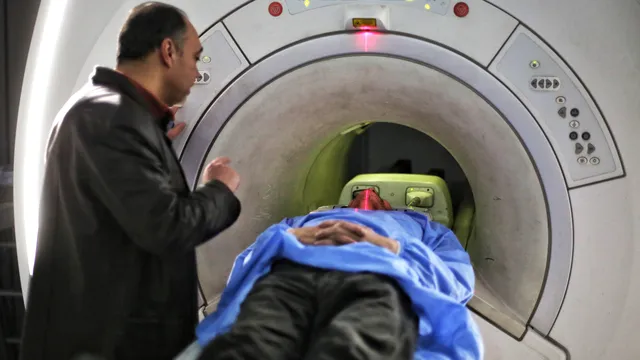Through my computer screen, I believe I’m seeing and hearing neuroscientist Nadine Dijkstra. But how can I be sure?
“We create our perception of reality just as much as we perceive it,” she explains.
Instead of demanding hard proof that she exists, I trust my eyes and ears. It’s an effective way to navigate life. While neuroscientists may debate the details, most agree that perception—how we process sensory information to form a coherent experience—is an active process of constructing reality, not just passively reflecting the world around us.
For example, when you see a busy boulevard, you’re actively building that reality by combining sensory input (like the sound and light from passing cars) with prior experience (such as knowing you've walked down that street before). Quickly recognizing that the cars are real might save your life.
Though this model works well, it’s not foolproof—sometimes the brain gets it wrong, Popular Science reports. That gap between perception and reality is what Dijkstra, head of the Imagine Reality Lab at University College London, explores in a new study published in the journal Neuron.
How a 20th-Century Psychologist Tricked the Brain
Many of Dijkstra’s ideas are inspired by the pioneering work of psychologist Mary Cheves West Perky. In a landmark 1910 experiment, Perky asked participants to imagine objects—a red tomato, a green leaf—on a blank wall. Without their knowledge, faint images of those very objects were projected onto the wall.
Participants didn’t notice the trick and believed what they saw came from their imagination. Perky concluded that “the image of imagination must be very similar to the perception of reality.”
More than a century later, many scientists agree: imagination and perception work together to construct our sense of what’s real. But how does the brain distinguish between what’s imagined and what’s truly there? Dijkstra’s new research offers a possible answer.
Testing the Brain in the 21st Century
“We expected the results to be more complex and nuanced,” says Dijkstra. Instead, fMRI data told a clear story: activity levels in the fusiform gyrus predicted whether a person believed they were seeing a real image.
This region of the brain, located on both sides behind the temples, is key to recognizing faces and objects—but it hadn’t been known to differentiate real from imagined stimuli.
The study is a modern version of Perky’s experiment. Instead of fruits, participants imagined diagonal lines on a screen. These lines were projected via a mirror inside the fMRI scanner onto a background of visual "noise" like TV static—designed to blur the line between real and imagined.
When participants saw real lines, activity in the fusiform gyrus was higher. Another area—the anterior insula in the prefrontal cortex, which acts as a communication hub between brain networks—also showed increased activity when real lines were perceived.
But when a participant mistakenly believed imagined lines were real—in other words, experienced a mild hallucination—both brain areas activated as if they were actually seeing something real.
A "Reality Threshold" in the Brain
According to Dijkstra’s team, perceived and imagined signals combine to generate a “reality signal.” If that signal is strong enough, it crosses a threshold, and we accept the perception as objective reality.
Dijkstra believes the fusiform gyrus plays a key role in reaching this threshold. However, she acknowledges that the process may begin in the prefrontal cortex, which might evaluate the input first and then “amplify” the experience via the fusiform gyrus.
Beyond the Brain Scan
Understanding this threshold could help treat mental disorders. If a causal link between fusiform activity and hallucinations is established, future medicine may be able to stimulate this area to reduce symptoms in conditions like schizophrenia.
The research might also explain why we sometimes misinterpret what we see. When Dijkstra moved from the Netherlands to London, she once spotted a creature in the distance. Assuming it was a dog, she was surprised to see it alone. “I really saw a dog,” she recalled—until a second glance revealed it was actually a fox, one of thousands in the city.
The Future of Perception
Many questions remain. For instance, are people with vivid imaginations more prone to hallucinations? In this field, Dijkstra says, it’s important to constantly question reality.
“You can have a great idea that seems to explain everything, and suddenly it turns out to be completely wrong,” she says. “And that’s completely normal. That’s how we move forward.” | BGNES

 Breaking news
Breaking news
 Europe
Europe
 Bulgaria
Bulgaria







